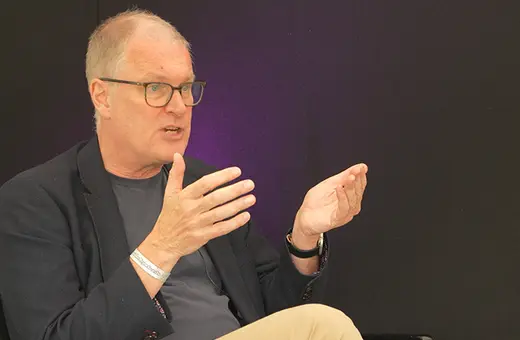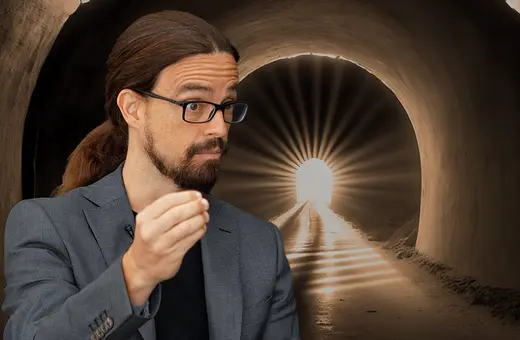The benefits of our connection to nature have never been more apparent. Yet our relationship to the natural world continues to be radically restructured by human advancements. In a world increasingly divided by the natural and the unnatural, rediscovering our connection to our environment is vital, writes Peter H. Kahn, Jr.
For many of us – especially during this time of the Covid-19 pandemic – it is obvious that interaction with nature nurtures us. It might be a woodland walk, urban gardening, sitting in the sunshine, or even just a few seconds tracking a bird in flight overhead. The stress seems to ease. We feel more alive.
Some decades ago, this idea that nature benefits people physically and psychologically was viewed with caution by the scientific community. Now, with many hundreds of empirical studies in hand, scientists generally agree that it is true. Interaction with nature has been shown, for example, to reduce stress, depression, aggression, crime, and ADHD symptoms, and improve immune function, eyesight, and mental health, and increase people’s social connectedness. If there was a pill that could do all of that, with barely any side effects (besides an occasional sprained ankle), it would be considered the wonder drug of the century.
Why these effects? At a broad level of explanation, we can start thinking not like a mountain, which the ecologist Aldo Leopold suggested we do, but like an evolutionary psychologist, in the way that E. O. Wilson does. From this perspective, for tens and even hundreds of thousands of years we came of age with nature: hunting, tracking, sleeping under the stars, foraging for wild berries, nuts, and tubers, and walking the land as a nomadic people. No wonder that many exercise physiologists say that if we can do only one exercise, make it walking. We have walked the land ever since we have been a species. We co-evolved with nature, and that helps explain why today we derive so many health benefits from interacting with it.
That said, three world trends are now radically restructuring human existence. One is the destruction of nature. It is happening quickly, within a few generations. Climate change (climate havoc) is one of the results. The second trend is the increasing worldwide movement of people from rural areas to cities, and of the rise of polluted and congested megacities. Seoul, for example, has over 25 million people; Delhi, 27 million; and Tokyo, 38 million. People are adapting to these urban environments. But due in part to the loss of connection with nature, they are not doing well: obesity, diabetes, asthma, heart disease, mental depression, and suicides. The third trend is the exponential growth of technology. Take a dollar and double it every day. After a week you have $64.00. That is nice. After a month you have over a billion dollars. That is wealthy. That is an exponential function. On a global level, we are at the “knee” of the exponential curve where technological change – the human experience of this change – is becoming like Macbeth’s “vaulting ambition, which o'erleaps itself and falls on th’ other –.”



















Join the conversation